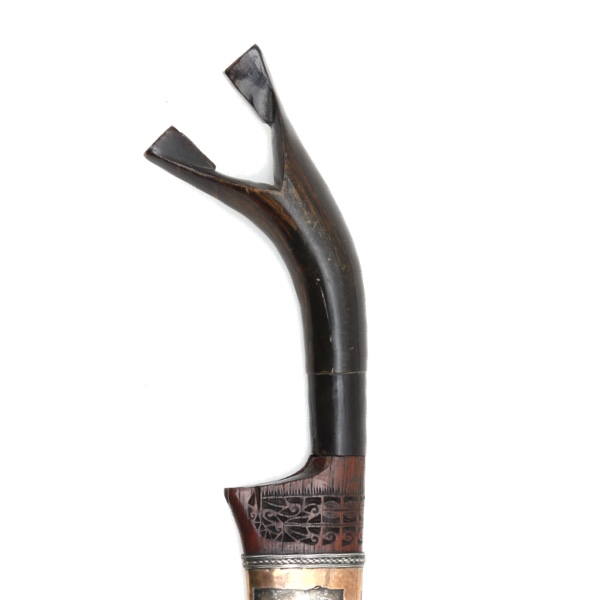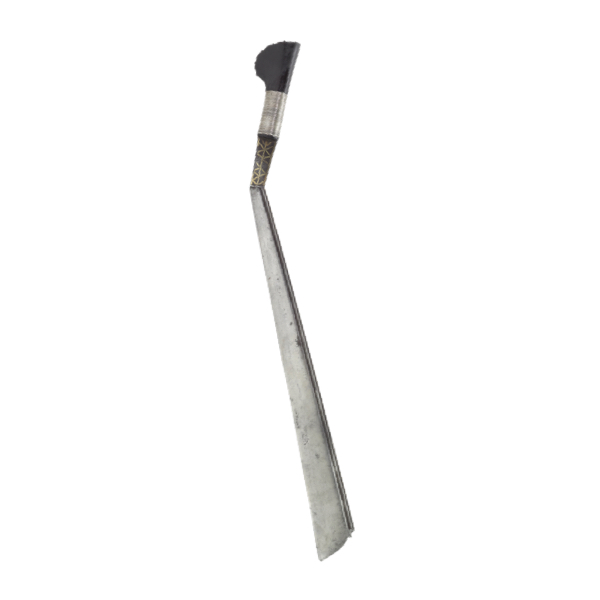
Parang latok
A peculiar land Dayak sword with a sharp bend in the blade.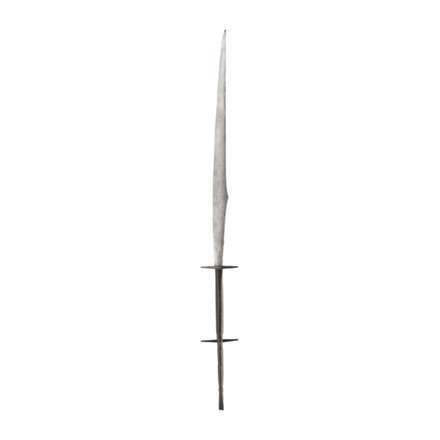
Waitsum
Language: Khasi
Source: In common use
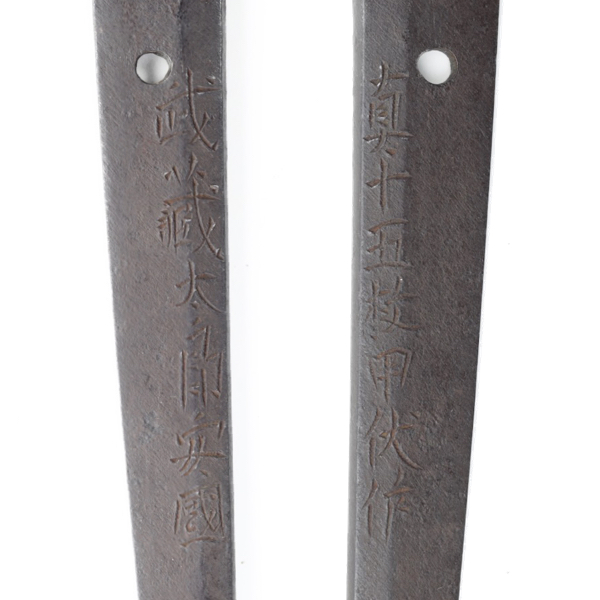
Musashi Taro Yasukuni (武蔵太郎安国)
A Japanese swordsmith who lived between 1650-1730.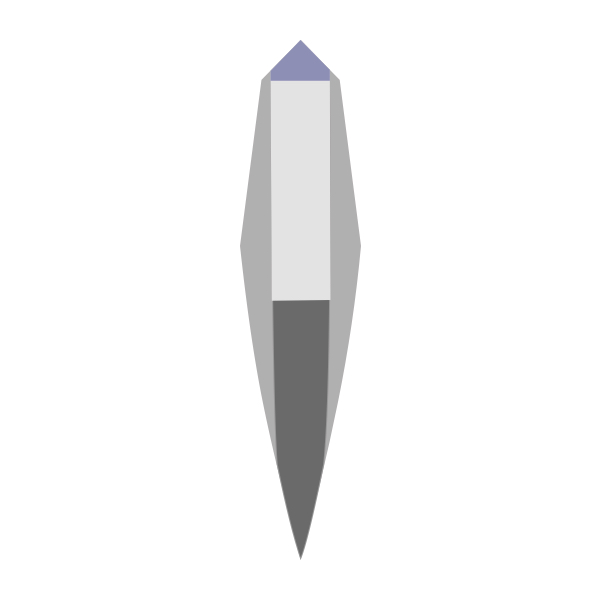
Shihōzume-gitae (四方詰め鍛え)
Japanese word for a sword construction with a high carbon edge, low carbon core, medium carbon sides and a separate back.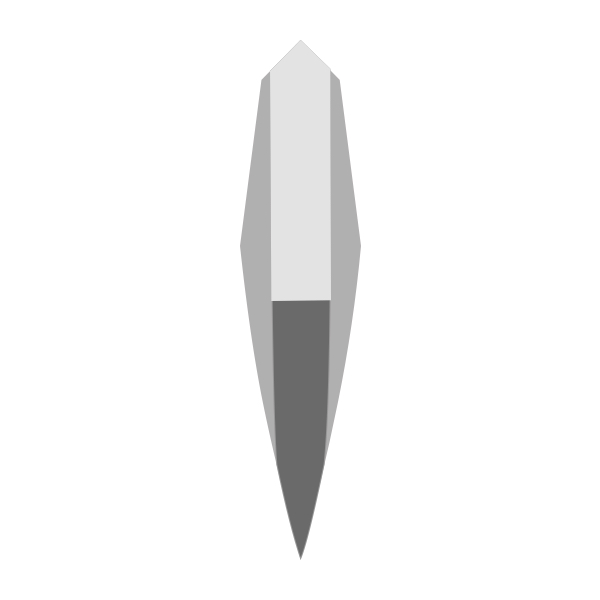
Hon-sanmai-gitae (本三枚鍛え)
Japanese word for a sword construction with a high carbon edge plate under a soft core, flanked by medium steel.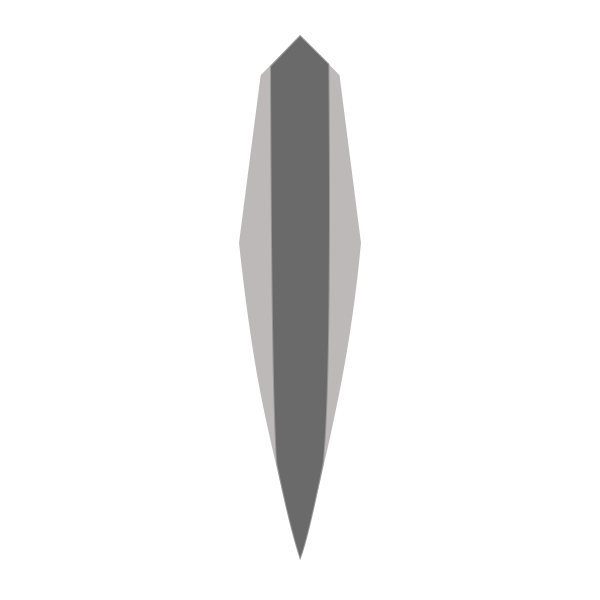
Sanmai-gitae (三枚鍛え)
Japanese word for a sword construction with a center high carbon edge plate.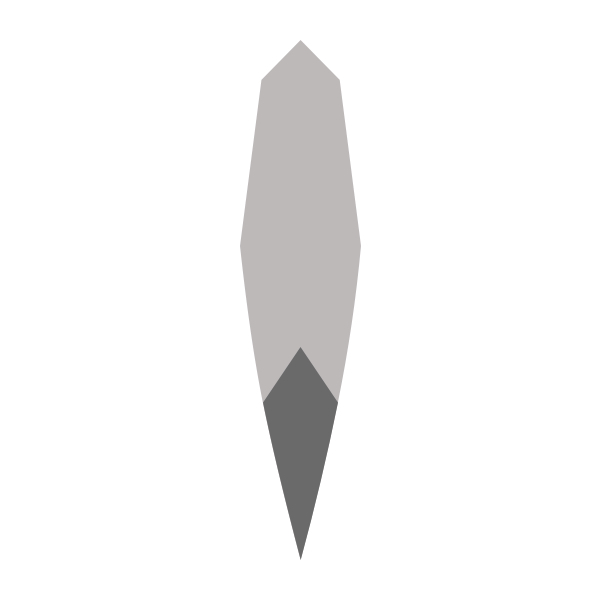
Wariha-gitae / wariba-gitea (割刃鍛え)
Japanese term for a sword construction with an inserted edge made of higher carbon steel.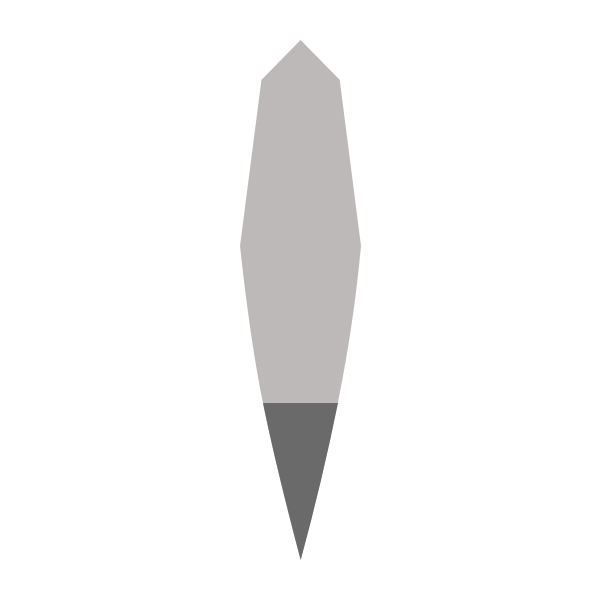
Hyoshigi-gitae (拍子木鍛え)
Japanese term for a sword construction with an edge made of higher carbon steel.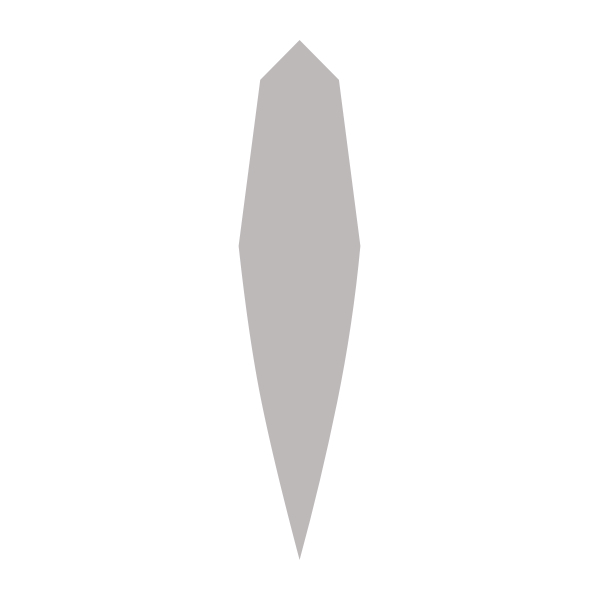
Maru-gitae (丸鍛え)
Japanese word for a basic blade construction consisting of one type of steel.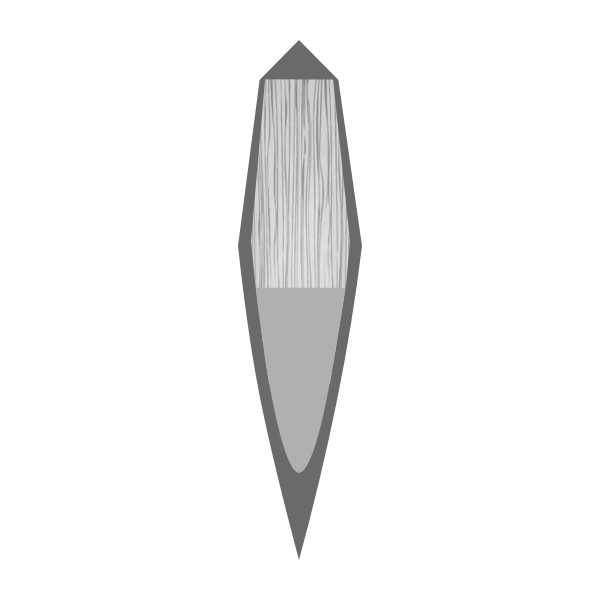
Shin jūgomai kōbuse-gitae (真十五枚甲伏鍛え)
Japanese sword construction that is was found inscribed on some tangs.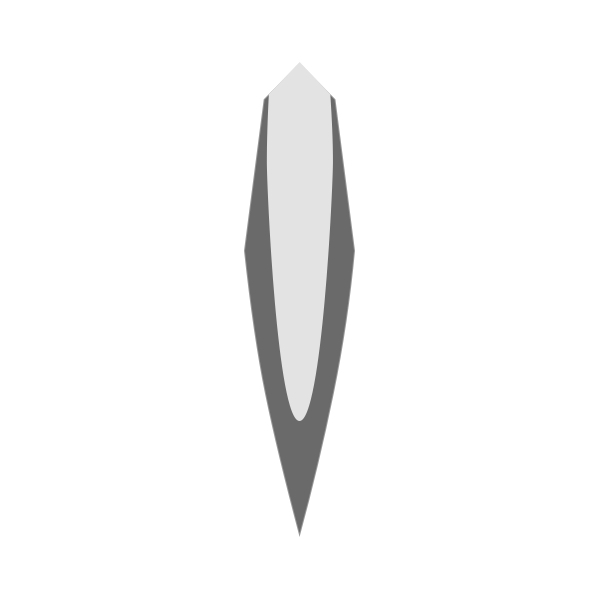
Kōbuse-gitae (甲伏せ鍛え)
Japanese word for a sword construction with high carbon steel outer jacket around a softer core.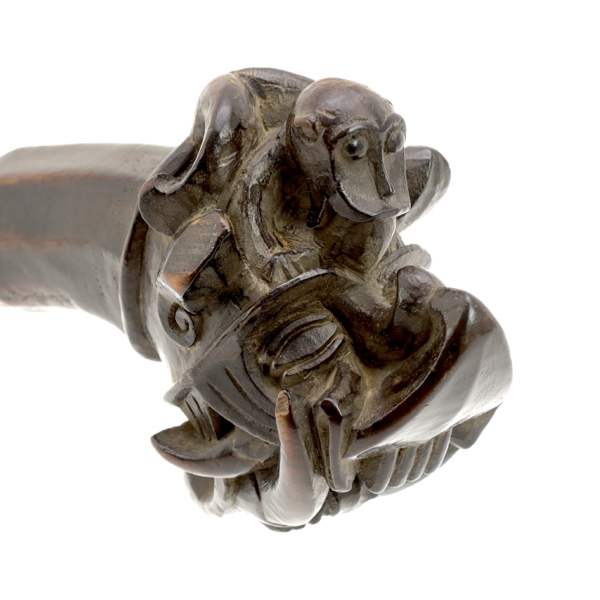
Bekhu
Nias name for the monkey-like figure carved on some sword hilts.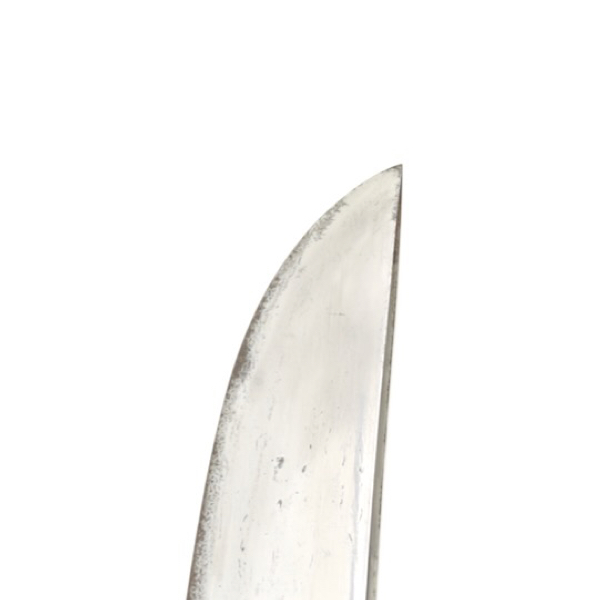
Kanetuhu / Etuhu
Ainu words for the point of a knife or sword.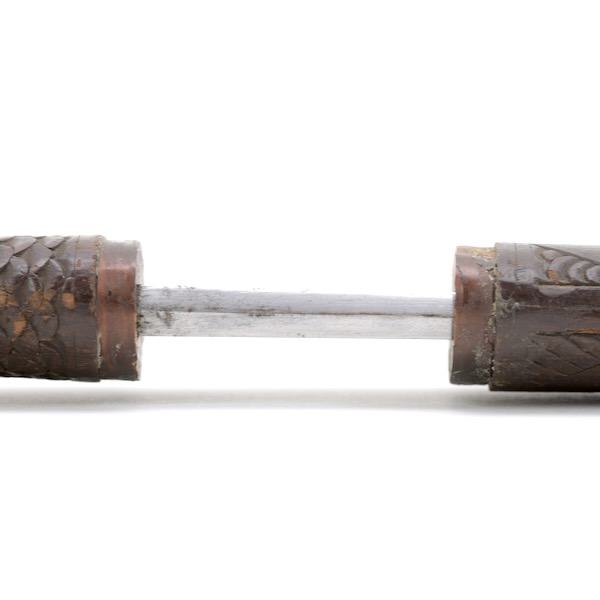
Mekkashike
Ainu word for the back of a knife, or sword. Also the ridge of a mountain or house.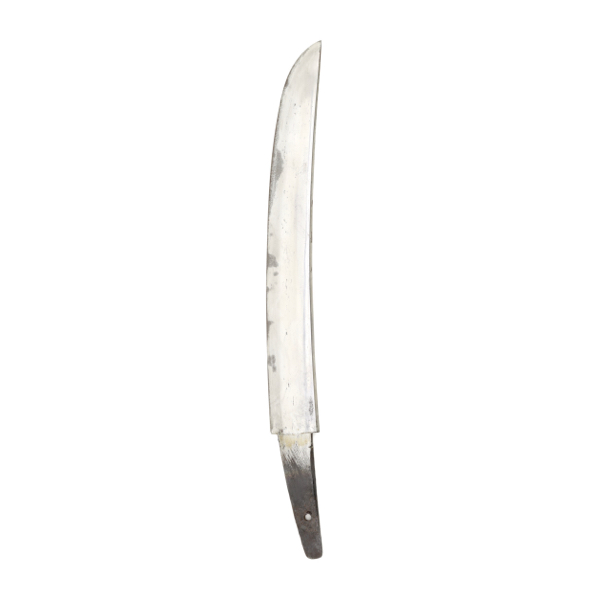
Ibehe
Ibehe is an Ainu word for a knife or sword blade.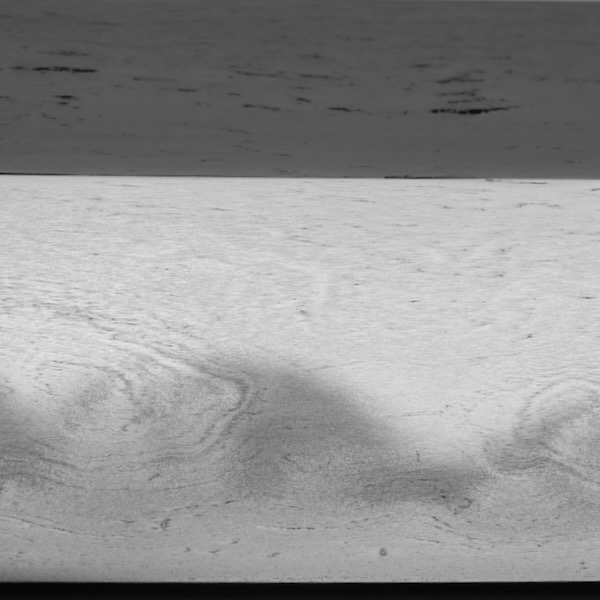
Nioi (匂)
Japanese word for fine martensite crystals in the blade's temperline.
Nie (沸)
Japanese word for martensite crystals that form in blade under certain conditions.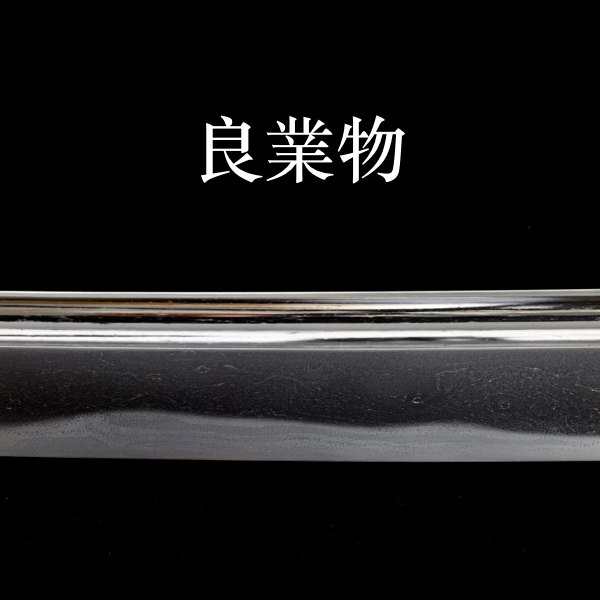
Yoki Wazamono (良業物)
Japanese term for a sword with the third highest rated cutting ability.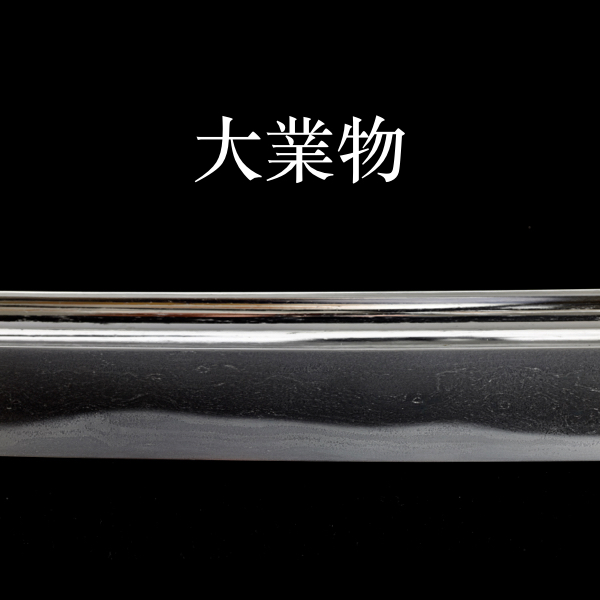
Ō Wazamono (大業物)
Japanese term for a sword with the second highest rated cutting ability.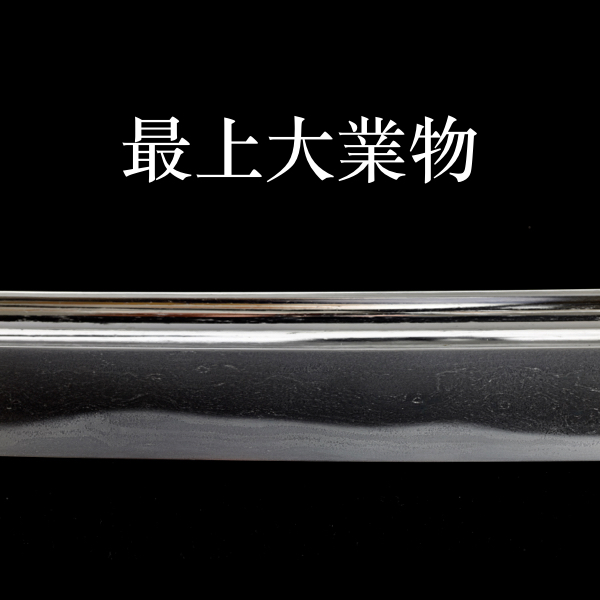
Saijō Ō Wazamono (最上大業物)
Japanese term for a sword with the highest rated cutting ability.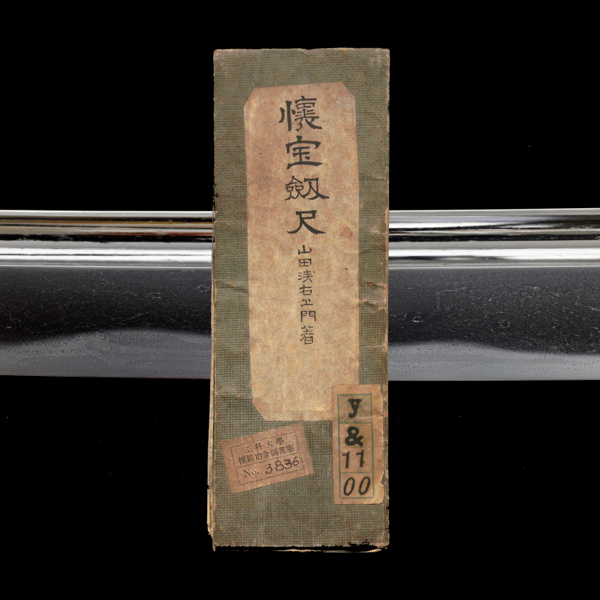
Wazamono (業物)
Japanese term for a sword that is tested to cut well.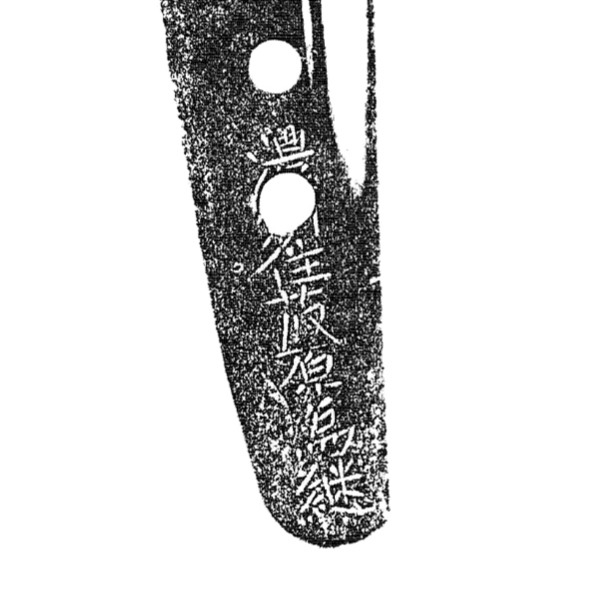
Tametsugu (為継)
A Japanese swordsmith in the Shōshū tradition.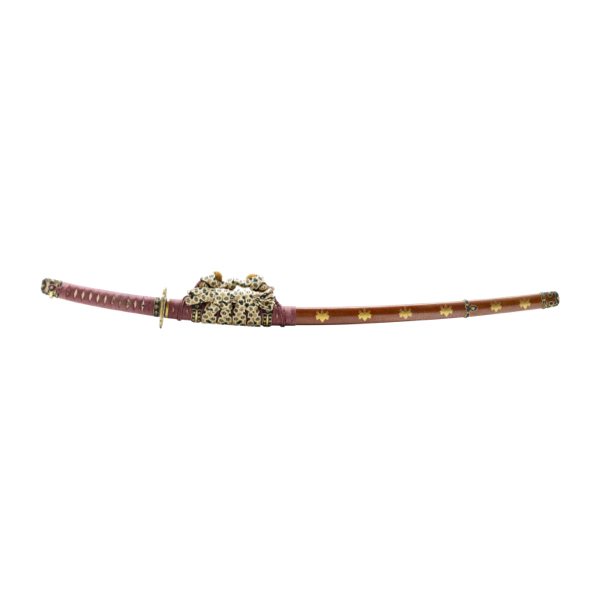
Itomaki no tachi (糸巻太刀)
Japanese term for a type of tachi koshirae.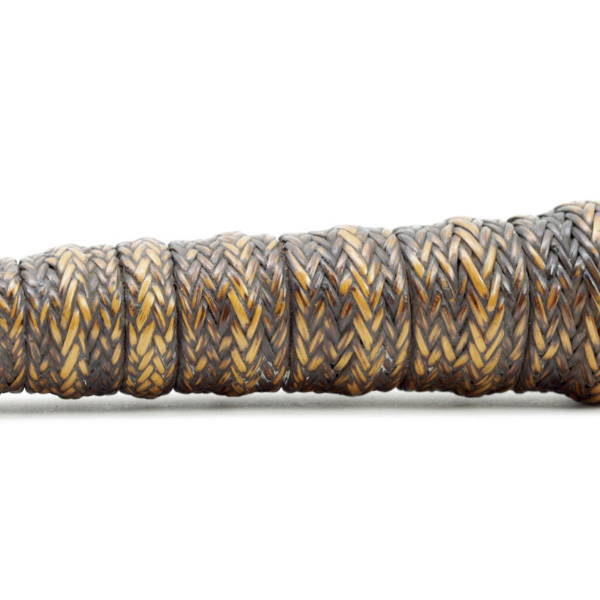
Allūbung
Ifugao word for a woven rattan covering on handles and shafts.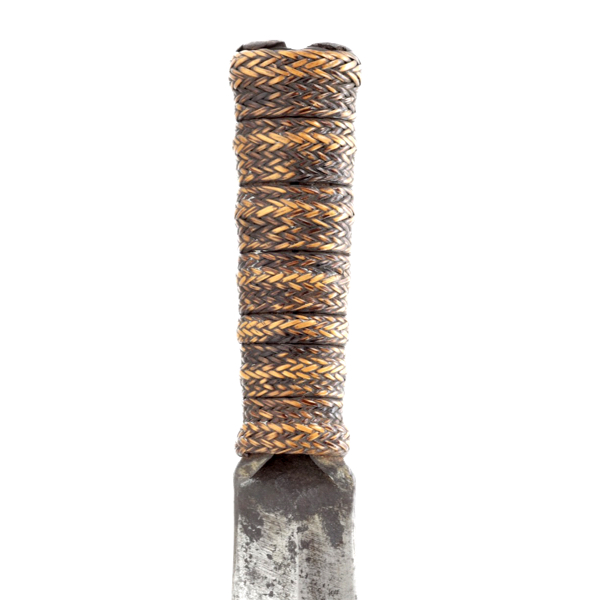
Hālung
Ifugao word for a rolled up tang hilt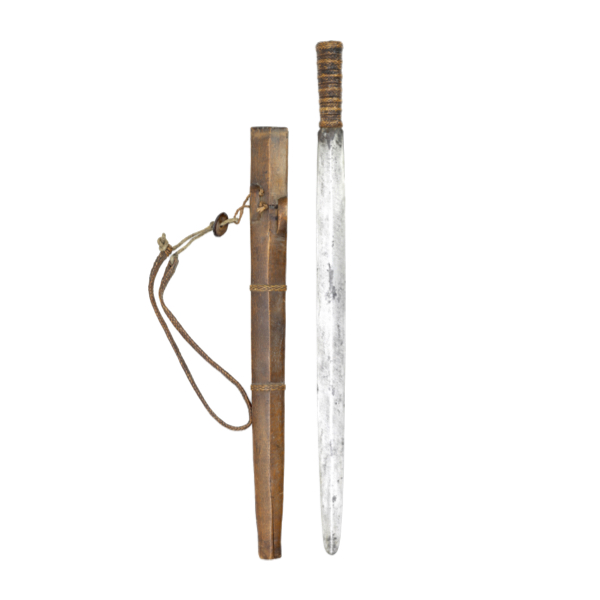
Hinālung
Ifugao word for a double-edged knife or shortsword with a socket hilt.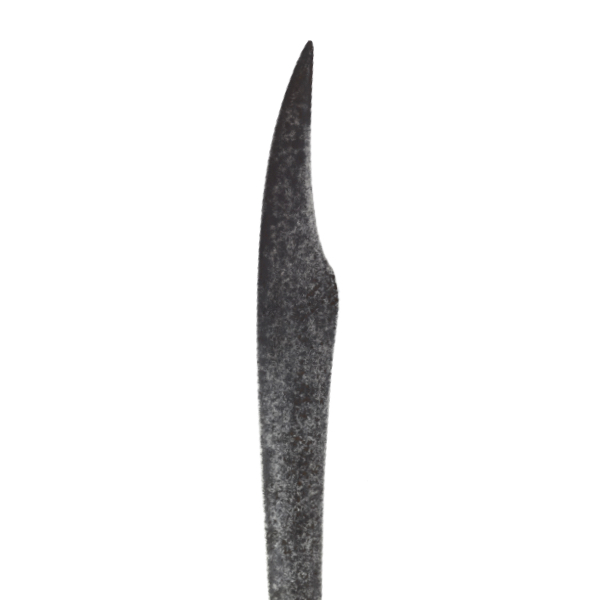
Gari matuwà
South Nias word for a specific type of sword.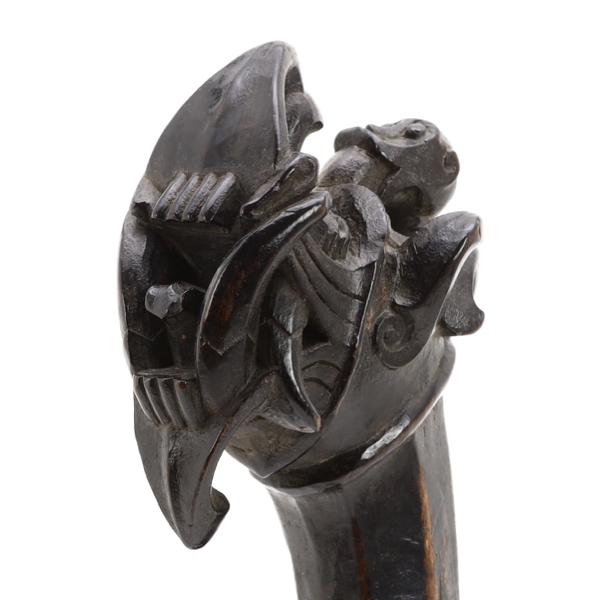
Lasara
Nias word for the monster head that the people of Nias carved.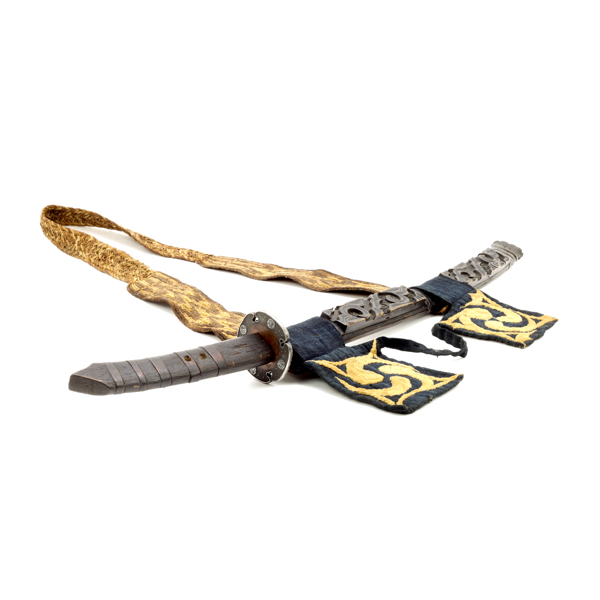
Emushi
Ainu word for sword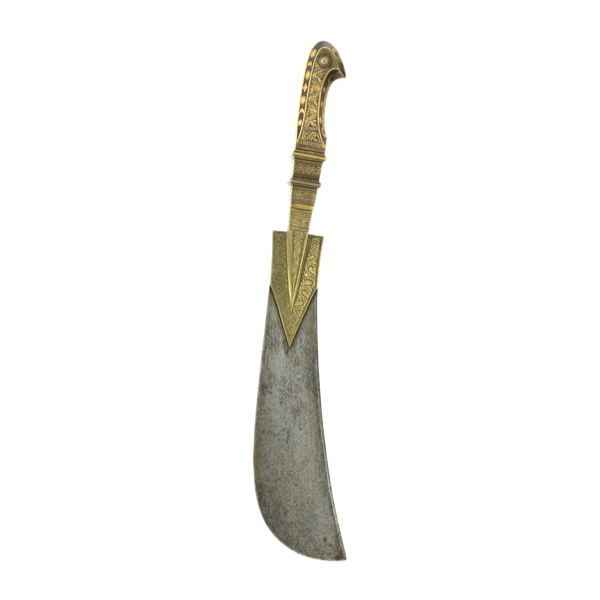
Moplah (sword)
Sword of the Mapilla Muslims of the Malabar Coast, South India.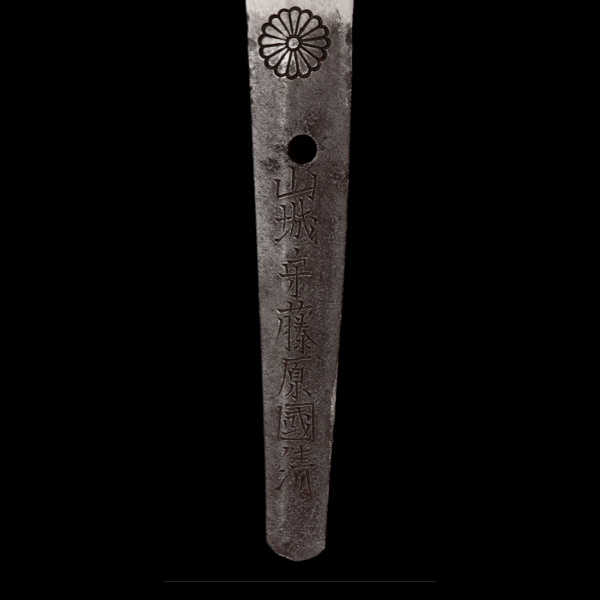
Kunikiyo (國清)
A line of Japanese swordsmiths working in Echizen.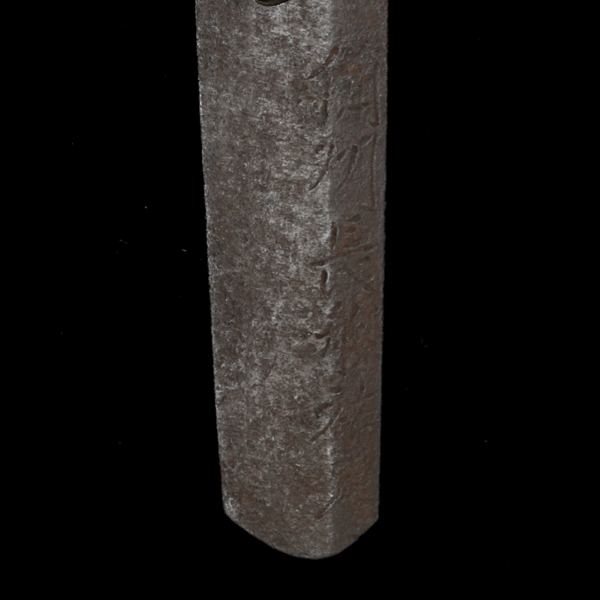
Bizen Sukesada
A group of sword makers in Bizen, Japan, active in the Muromachi period.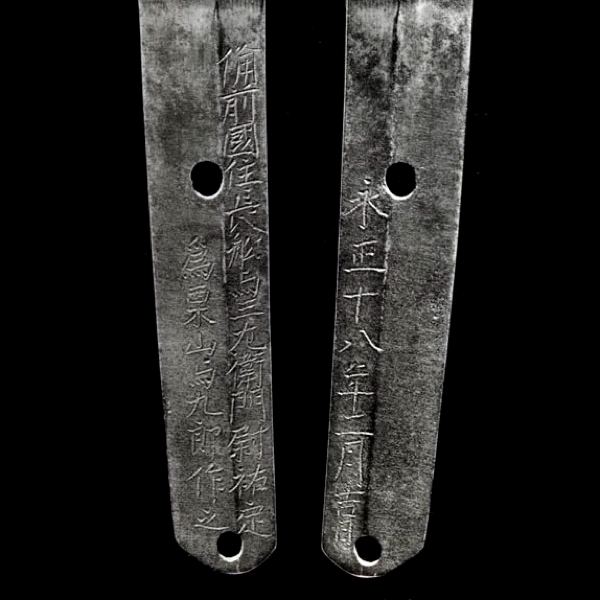
Yosōzaemon jo Sukesada (与三左衛門尉祐定)
A Japanese swordsmith from Osafune, Bizen, who lived from 1466-1542.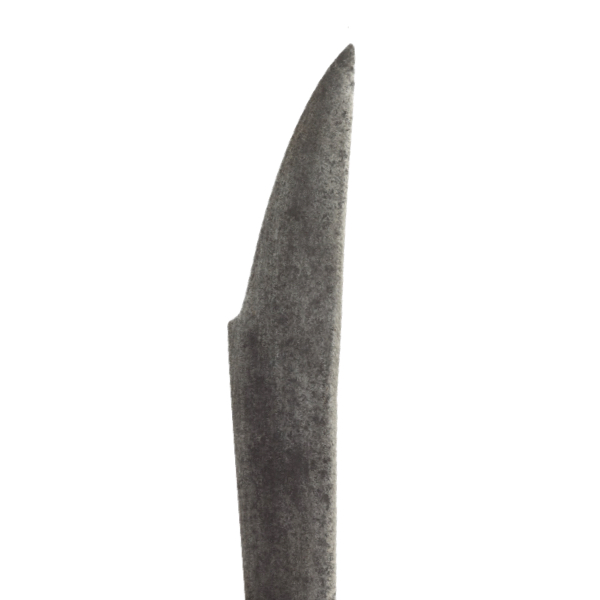
Balatu salà
South Nias word for a specific type of sword.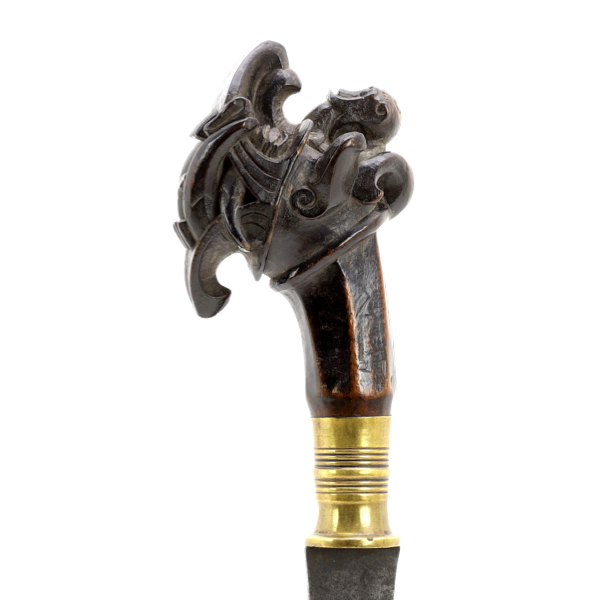
Niòbawa lawölò
Nias word for zoomorphic sword hilts with an open mouth with fangs.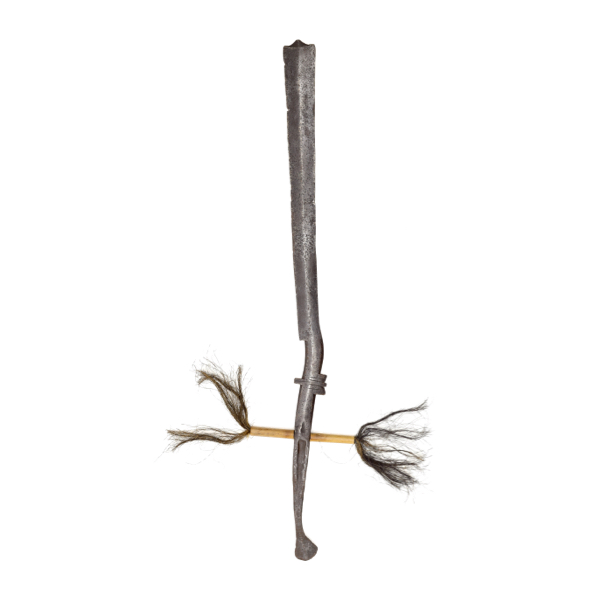
Milam
A peculiar double-edged sword of the Garo people.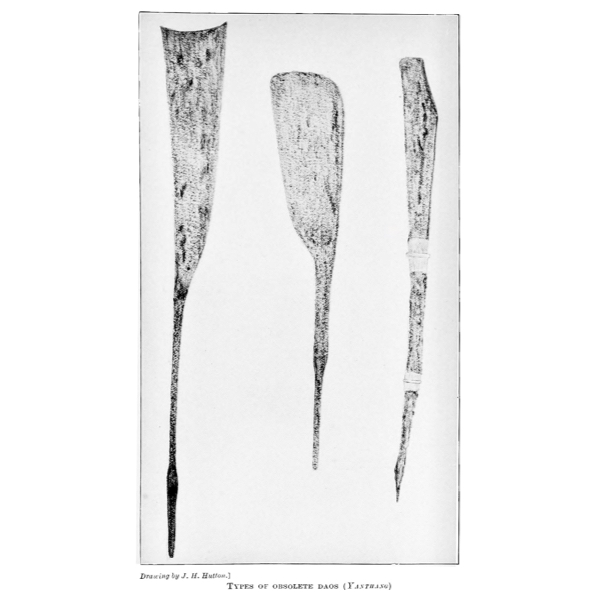
Yanthang
Lotha Naga word for a group of large obsolete dao used in ceremonies.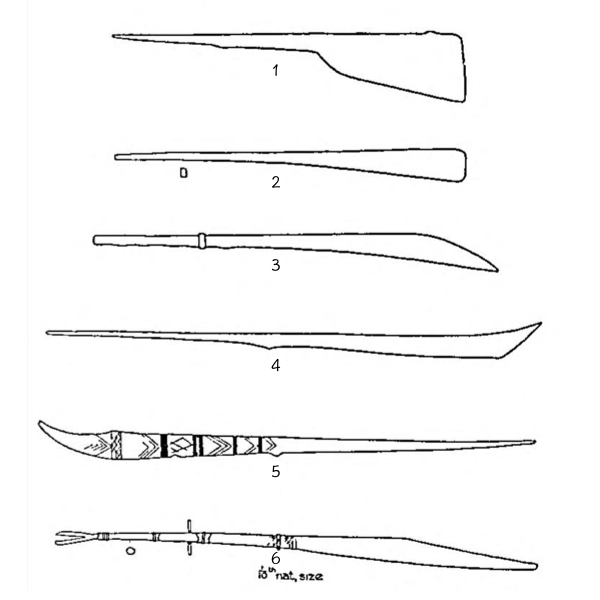
Noklang
Ao Naga word for a number of large, archaic swords used in ceremonies.
Khasi dao
A peculiar type of two-handed sword from the Khasi Hills, Assam.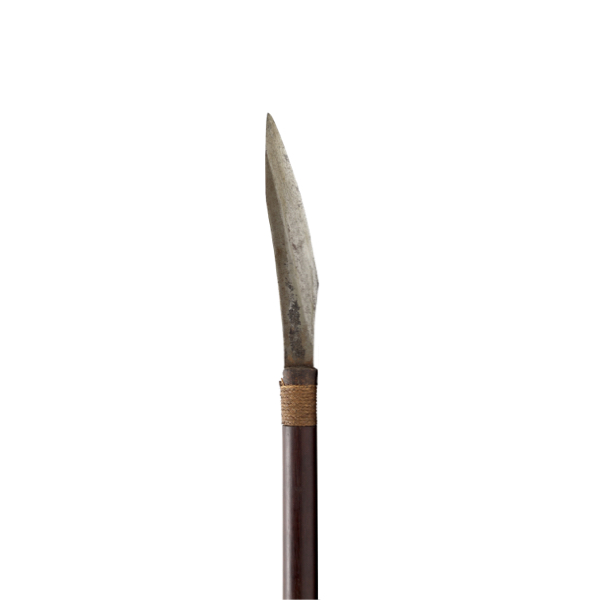
Piso raout
A small utility knife used on the island of Borneo. Often carried with the Dayak mandau.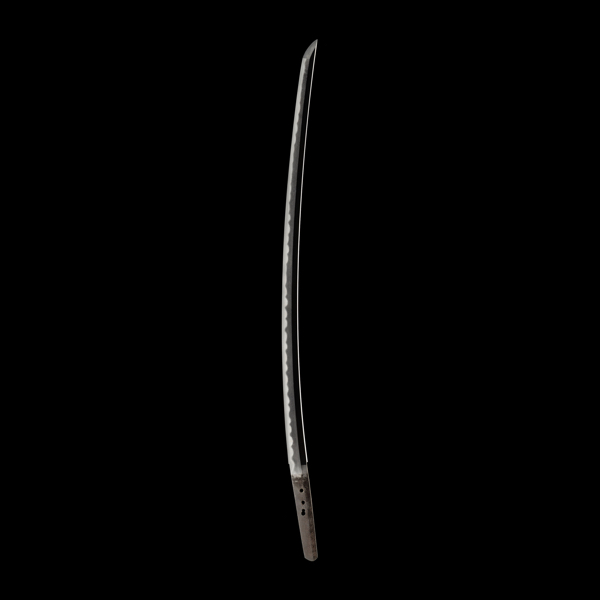
Uchigatana (打刀)
Japanese word for a single-handed curved sword, the predecessor of the katana.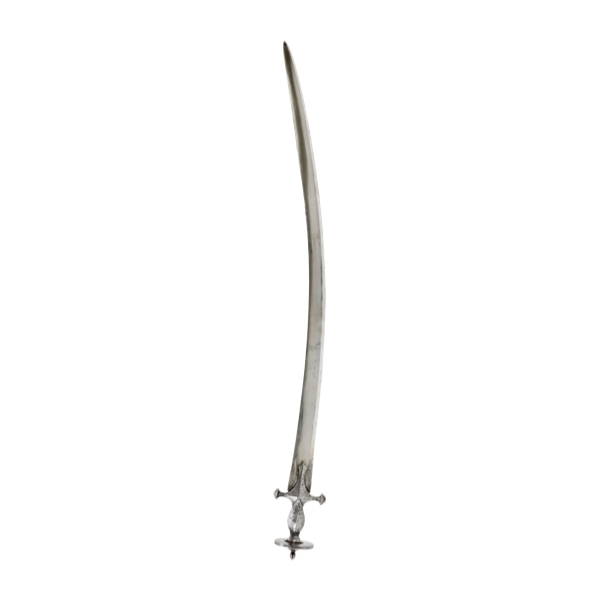
Sirōhī (सिरोही)
A town in Rajasthan known for its blade making industry, as well as a type of sword.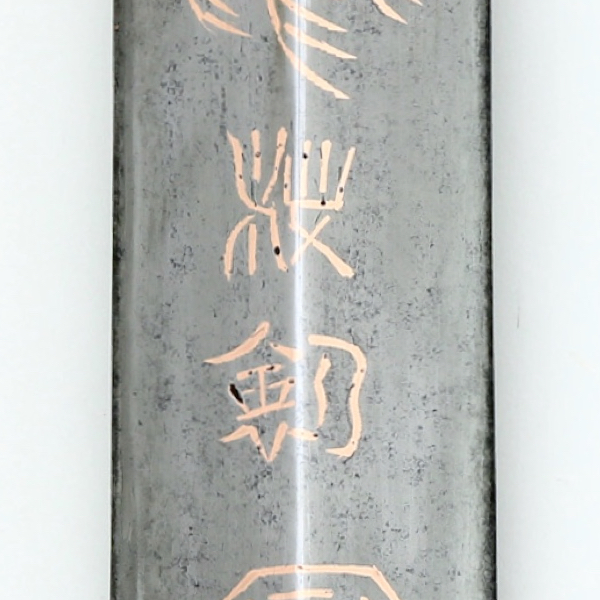
Lóngyuān (龍渊)
The former name of Lóngquán, a famous sword-making town in China.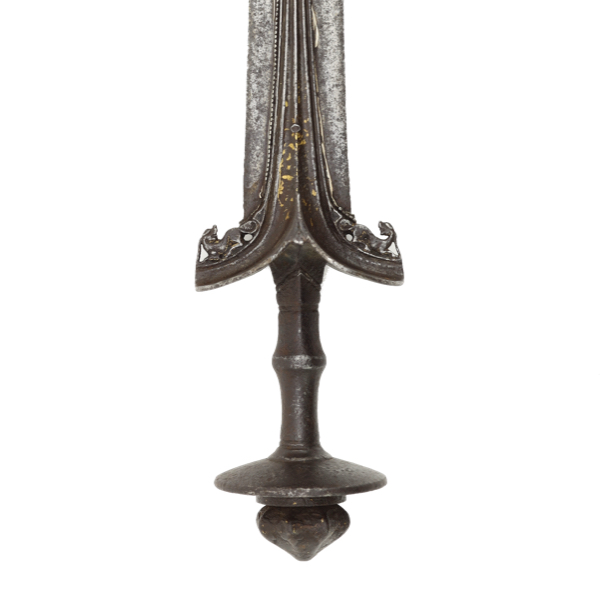
Paṭṭiśaḥ (पट्टिश)
Language: Sanskrit
Origin: Dhanurveda of circa 1100-800 B.C.
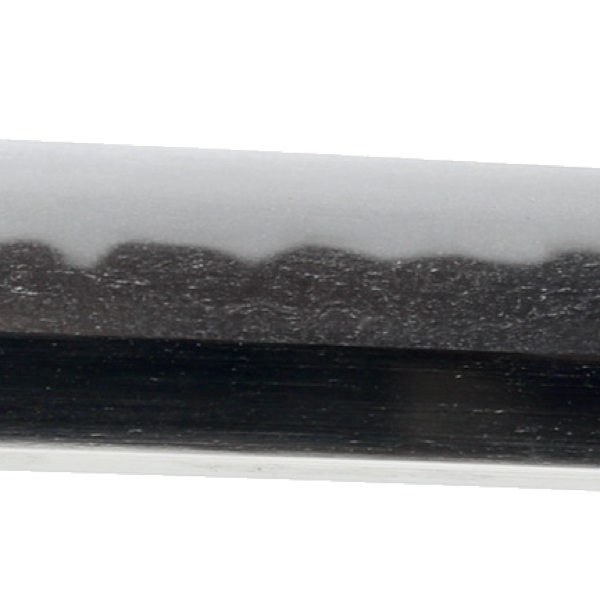
Hamon (刃文)
Japanese term for the temperline on a blade, typically achieved by differential heat treatment.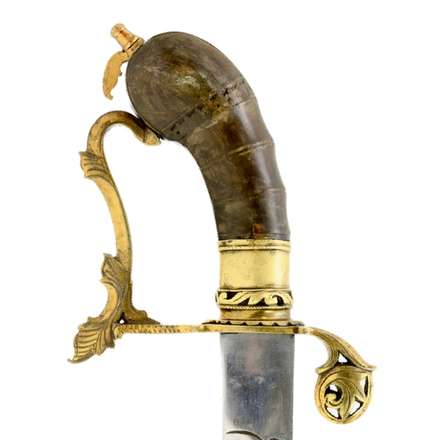
Parang beladeh / parang belabang
A curved saber from the southern part of the island of Borneo.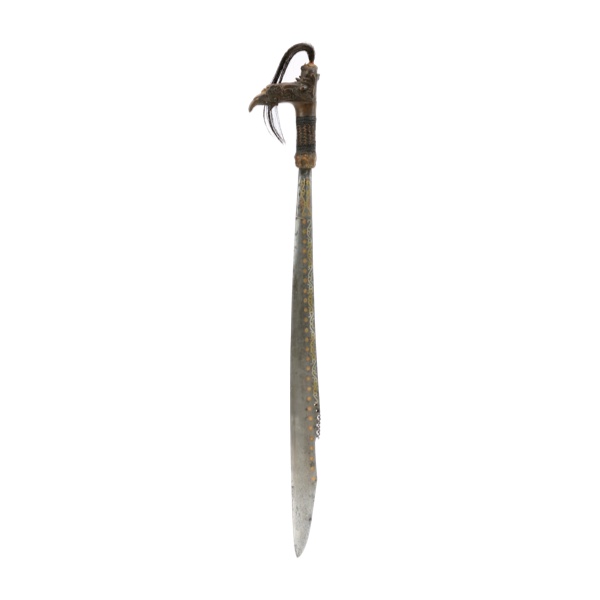
Duku apang
Iban (Sea Dayak) word for parang ilang, a.k.a. mandau, the Borneo headhunter's sword.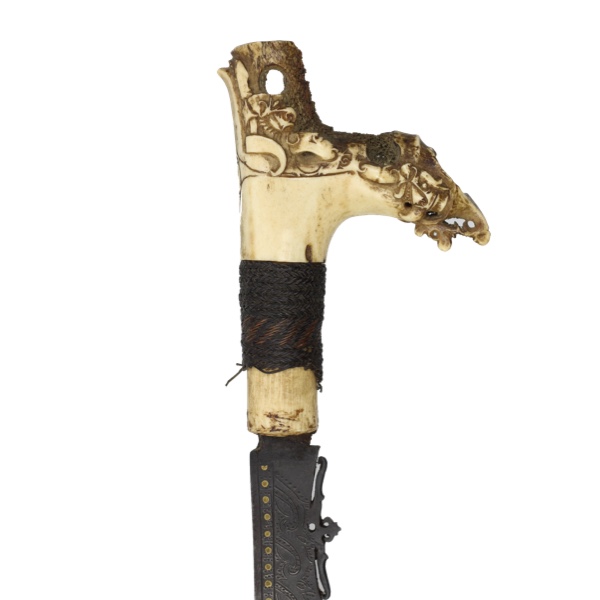
Duku
Iban (Sea Dayak) word for sword.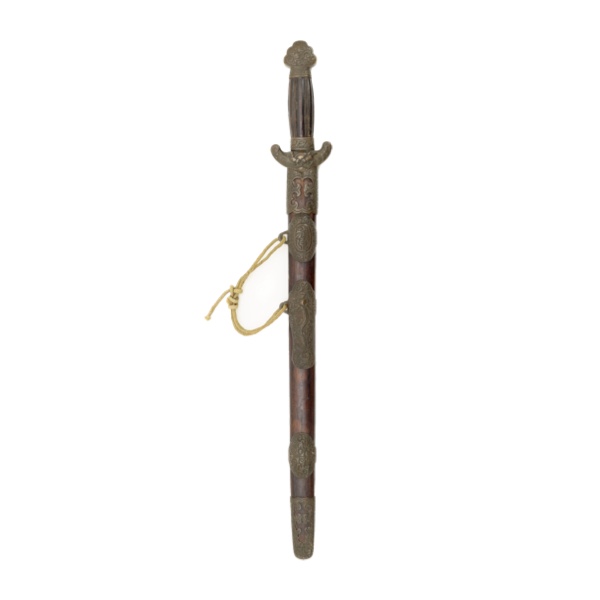
Duǎnjiàn (短劍)
The Chinese word for a short straightsword.